- 6803 Parke East Blvd. Tampa, FL. 33610
- 800.728.4942
- 813-231-6305
Showing all 12 resultsSorted by price: high to low

3 in stock
4 Piece Shake 2 Break Kit with Impact Bits
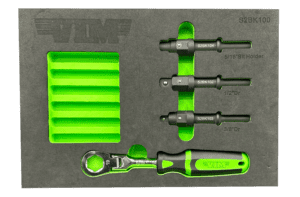
6 in stock
4 Piece Shake 2 Break Kit

Air Hammer Soft Head Tool Set, 3pc. Aluminum, Brass, & Nylon Headed Air Hammers
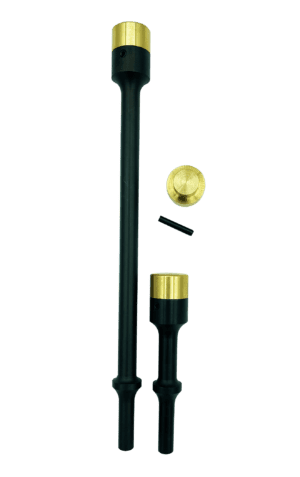
3 Piece Brass Soft Tip Air Hammer Set
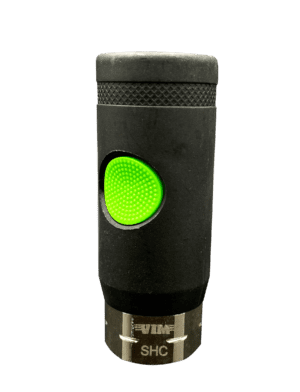
HIGH FLOW SAFETY AIR COUPLER – 1/4” NPT, 3 pack
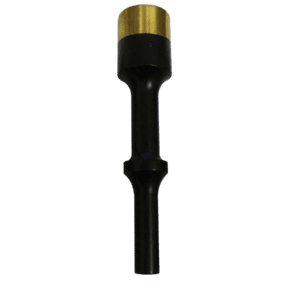
Air Hammer Brass Head, .401 shank, 4.5″ OAL
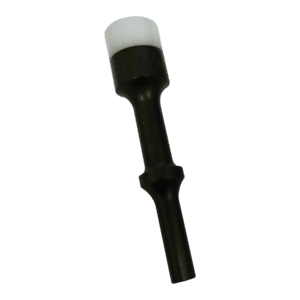
Air Hammer Nylon Head, .401 shank, 4.5″ OAL
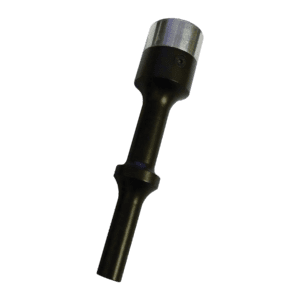
Air Hammer Aluminum Head, .401 shank, 4.5″ OAL
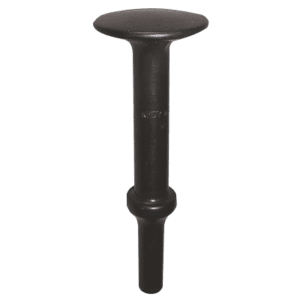
Body Smoothing Hammer 1.5″Face .401 shank/air

Replacement Brass Head for AH100B, with PIN

Replacement Nylon Head for AH100N, with PIN

Replacement Aluminum Head for AH100A, with PIN